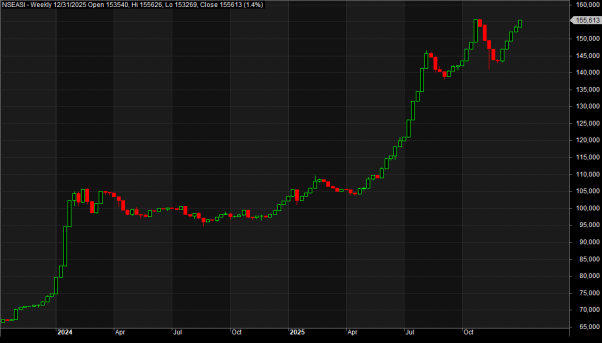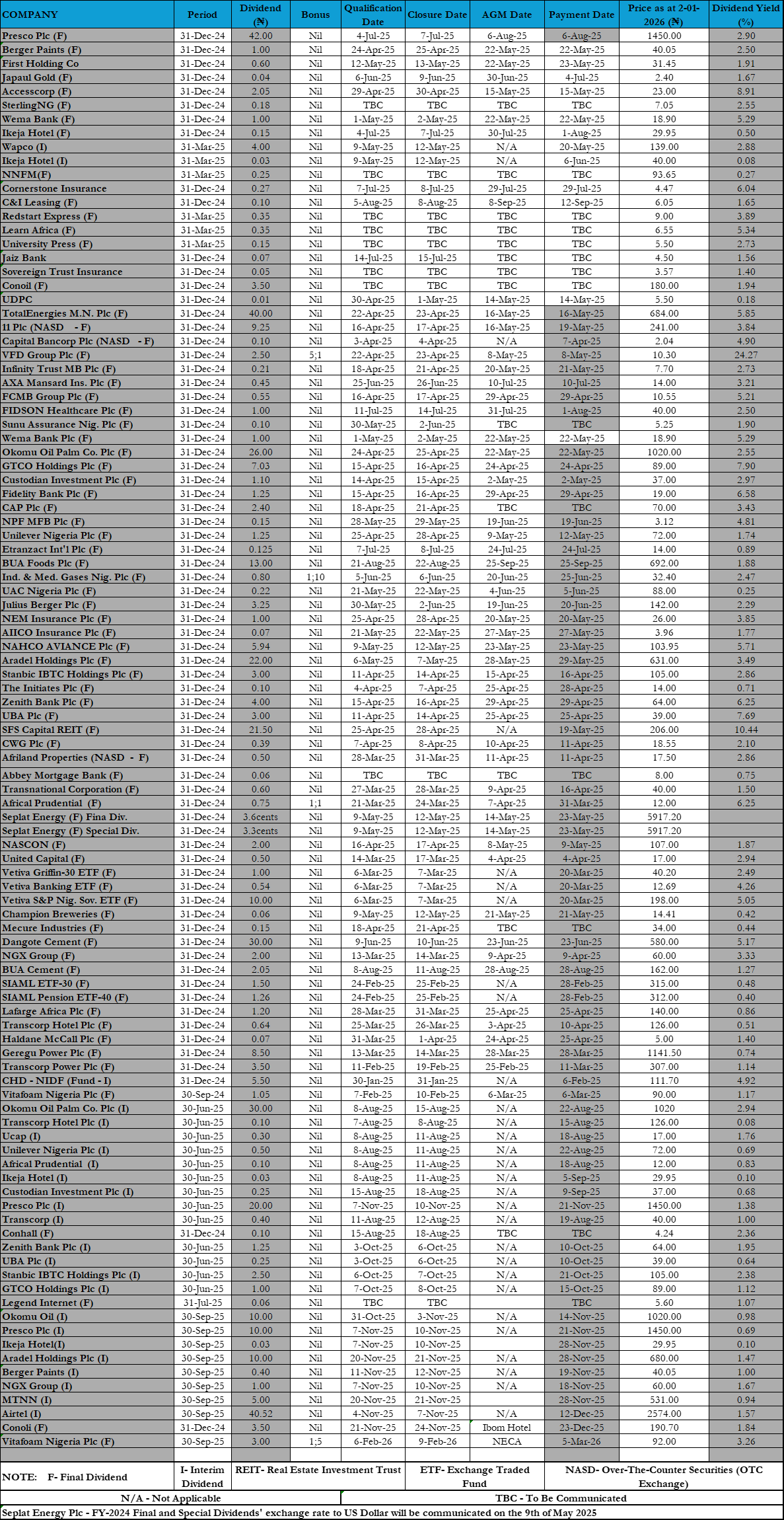
By Rania Gule
The price of gold continues to face significant challenges between $2750 and $2720, struggling to gain upward momentum while remaining below the supply zone of $2748 to $2750. This situation is influenced by multiple developments impacting price movements. On this Monday’s trading session, safe-haven demand fueled by ongoing tensions in the Middle East and concerns over the upcoming U.S. elections served as catalysts for a potential rise in price. This coincided with a modest decline of the U.S. dollar from its highest levels since July, which provided some support to gold, despite several other factors suggesting continued pressure on prices.
Expectations surrounding the potential for interest rate cuts by the Federal Reserve remain a source of concern in the market. Additionally, worries about deficit spending after the U.S. elections are pushing U.S. Treasury yields higher. In my opinion, these factors, combined with a generally positive risk tone, keep the price of gold inadequately supported. Traders are also hesitant ahead of key U.S. macroeconomic data this week, including the third-quarter GDP reading, the Personal Consumption Expenditures (PCE) index, and the Non-Farm Payrolls (NFP) report, which increases uncertainty in the market.
In a daily summary of market drivers, it appears to me that gold is lacking convincing bullish momentum. The U.S. dollar has maintained its strong gains over recent weeks, rising to its highest level since July 30 amid expectations of less aggressive monetary policy from the Federal Reserve. The probability of a 25 basis point interest rate cut at the upcoming policy meeting in November has been nearly fully priced in, reflecting market anxiety about the impact on gold prices.
From my perspective, political factors play a crucial role in guiding gold price movements. Recent polls indicate a tight race between Vice President Kamala Harris and Republican candidate Donald Trump, raising concerns about deficit spending after the presidential election scheduled for November 5. These worries contribute to the prevailing uncertainty in the market, as investors remain cautiously attentive to the political situation.
Recent economic data from the United States also supports the dollar’s strength. Durable goods orders fell by 0.8% in September, less than the expected decline of 1%. At the same time, new orders excluding transportation rose by 0.4%. Moreover, the University of Michigan’s Consumer Sentiment Index reached its highest level in six months, which, in my view, enhances the dollar’s strength and adds pressure on gold prices. The yield on the benchmark U.S. government bonds for ten years remains steady near its three-month high, reflecting the current balanced situation in the markets.
Geopolitical developments in the Middle East have also significantly impacted gold prices. Reports indicate that conflicting parties will not retaliate against recent strikes if a ceasefire agreement in the Middle East is reached. In my opinion, this kind of tension can increase demand for gold as a haven; however, it still faces other pressures. Data indicates a decline in demand for gold from the world’s largest consumer, China, in the first three quarters of the year. Total consumption fell by 11.18%, with gold jewellery consumption dropping by 27.53%, which is a negative indicator for gold.
However, the increase in demand for gold bars and coins, which saw a rise of 27.14%, should be viewed as a potential signal that some investors still find the precious metal appealing despite current challenges. In my opinion, as in the markets, the over-inflated gold prices have been the main reason for the decline in demand, reflecting the difficulties the market faces in attracting new investors.
It is also important to note that trading volumes on the Shanghai Gold Exchange have increased by 47.49%, indicating rising interest from traders. However, the question remains whether this will be sufficient to support prices shortly. In my opinion, with the instability in the Middle East and rising political tensions, the future of gold prices remains shrouded in uncertainty.
Overall, it can be said that gold prices remain under mixed pressure. Geopolitical concerns and the global economic situation affect demand, while the declining U.S. dollar and falling markets encourage some traders to take long positions. The prevailing uncertainty may continue for a while, which could lead gold prices to move within a narrow range before the release of key economic data. In my view, the upcoming period requires close monitoring by investors, as political and economic developments can significantly impact gold prices, necessitating preparedness to adapt to any rapid changes.
- Gule is Senior Market Analyst at XS.com









